The primary difference between wired and wireless security cameras lies in their connection and power source. Wired cameras offer superior reliability and performance with a physical connection for power and data, making them ideal for permanent, comprehensive security. Wireless cameras provide unmatched installation flexibility and simplicity, using Wi-Fi for data and often batteries for power, which is perfect for renters or locations where running cables is impractical. Your ideal choice depends on factors like property type, installation capabilities, and long-term reliability needs.

- What Defines Wired and Wireless Security Systems?
- How Do They Compare on Installation and Flexibility?
- Which System Offers Superior Reliability and Performance?
- What Are the Power Source Considerations for Each Type?
- How Does Video Quality and Data Storage Differ?
- Which Camera Type Is More Secure Against Threats?
- How Do You Choose the Right Security Camera for Your Needs?
- What Does the Future of Home Security Look Like?
What Defines Wired and Wireless Security Systems?
Choosing the right Security Camera system begins with understanding the fundamental technology that powers and connects them. The terms "wired" and "wireless" can sometimes be misleading, as the distinctions involve more than just the absence of cables. A clear grasp of their definitions is essential for making an informed decision that aligns with your security goals.
Understanding Wired Security Cameras
Wired security cameras are defined by their physical cable connections for both power and data transmission. These systems transmit video footage through a cable to a central recording device, such as a Digital Video Recorder (DVR) or a Network Video Recorder (NVR). This hardwired connection is their defining feature, providing a closed and stable circuit for operation.
There are two main types of wired systems. Traditional analog systems use a coaxial cable to connect to a DVR. A more modern and popular option is the Power over Ethernet (PoE) system. PoE cameras use a single Ethernet cable to transmit both data and electrical power to an NVR. This simplifies installation compared to older systems that required separate power and video cables for each camera.
Deconstructing "Wireless": Wi-Fi vs. Wire-Free
The term "wireless" primarily refers to how the camera transmits its video data—typically over a Wi-Fi network. However, it's crucial to distinguish between two sub-categories: wireless and truly wire-free.
A standard wireless camera still requires a physical cable for power. It connects to a nearby electrical outlet to operate continuously but sends its video feed to your router or a cloud server via Wi-Fi. This eliminates the need for a data cable running back to a recorder but tethers the camera to a power source. In contrast, a wire-free camera is completely untethered. It operates on rechargeable batteries and transmits data over Wi-Fi, offering the ultimate placement flexibility.
How Do They Compare on Installation and Flexibility?
The installation process is one of the most significant differentiators between wired and wireless systems. The ease or complexity of the setup can heavily influence which option is more suitable for your property and technical comfort level.
The Simplicity of Wireless Setups
Wireless and wire-free cameras are renowned for their straightforward, DIY-friendly installation. Because they don't require data cables to be run through walls or ceilings, the setup is significantly faster and less invasive. For wire-free, battery-powered models, installation can be as simple as mounting a bracket and attaching the camera. This makes them an excellent choice for renters who cannot make permanent alterations to a property or for homeowners seeking a quick security solution without professional help. Their flexibility allows for easy repositioning if your security needs change.
The Permanence of Wired Installations
Wired camera installation is a more involved and permanent undertaking. It requires strategic planning to run cables from each camera location back to the NVR or DVR. This often involves drilling holes, feeding wires through walls, attics, or crawlspaces, and concealing the cabling for a clean, professional look. While this process is more complex and may require professional assistance, the result is a robust, permanent, and tamper-resistant security infrastructure that is hidden from view and protected from the elements.
Which System Offers Superior Reliability and Performance?
When it comes to security, reliability is non-negotiable. A camera system must be active and recording when you need it most. Here, the fundamental differences in connectivity play a major role in overall performance and dependability.
Why Wired Connections Remain the Gold Standard for Stability
A wired connection is inherently more stable and reliable than a wireless one. Since the video feed travels through a dedicated physical cable, it is not susceptible to the radio frequency interference that can plague Wi-Fi networks. Household devices like microwaves, cordless phones, and even neighboring Wi-Fi networks can disrupt a wireless camera's signal, potentially causing dropped frames or a complete loss of connection. Wired systems provide a consistent, uninterrupted signal, ensuring you always have a clear and stable video feed, which is critical for 24/7 surveillance.
How Wi-Fi Dependency Affects Wireless Cameras
The performance of a wireless camera is entirely dependent on the strength and stability of your Wi-Fi network. The farther a camera is from your router, the weaker the signal becomes, which can lead to lower video quality, lag, or connection dropouts. Thick walls or metal obstructions can also degrade the signal. While modern Wi-Fi technology has improved significantly, network outages or router malfunctions will render your wireless cameras inoperable until the connection is restored. This dependency is a key consideration, especially for cameras placed at the outer edges of your property.
What Are the Power Source Considerations for Each Type?
A security camera is only effective if it's powered on. How a camera receives its power impacts its placement, maintenance requirements, and its ability to record continuously.
The Continuous Power of Wired Systems
Wired cameras, whether PoE or analog, receive a constant and reliable supply of electricity through their cables. This enables them to record 24/7 without interruption or the need for any maintenance related to power. You can "set it and forget it," knowing the system is always active. This uninterrupted operation is crucial for businesses or high-security residential areas where continuous monitoring is a priority.
The Convenience and Constraints of Battery-Powered Cameras
Wire-free, battery-powered cameras offer incredible placement freedom but introduce the need for power management. Battery life can range from a few weeks to several months, depending on usage, settings, and environmental factors. Features like motion-activated recording help conserve power, but the batteries will inevitably need to be recharged or replaced. This creates a maintenance task and introduces potential downtime during recharging. While some models offer solar panel accessories to extend battery life, it remains a critical factor to manage.
How Does Video Quality and Data Storage Differ?
The clarity of your video footage and where it's stored are vital components of any security system. Both wired and wireless systems offer high-resolution options, but the method of data transmission and storage varies significantly.
Bandwidth Advantages of Wired Cameras
Wired systems, particularly PoE cameras, can handle a massive amount of data without straining your home's Wi-Fi network. This allows them to consistently support multiple high-resolution cameras, such as those recording in 4K, without causing network congestion or slowdowns for your other connected devices. The dedicated connection ensures that video quality remains pristine and is not compressed or degraded due to bandwidth limitations.
Cloud vs. Local Storage in Wireless Systems
Many wireless cameras are designed with cloud storage in mind. They upload video clips to a remote server, which can be accessed from anywhere via an app. This is convenient and protects footage from being physically stolen, but it often requires a monthly subscription fee. Some wireless cameras also offer local storage via a microSD card as a backup. Wired systems, conversely, almost always record to a local NVR or DVR. This is a one-time hardware cost that provides vast storage capacity for continuous recording from multiple cameras without any ongoing fees.
Which Camera Type Is More Secure Against Threats?
The security of the security system itself is a paramount concern. Both systems have unique vulnerabilities that need to be considered.
The Vulnerability of Wireless Signals
Because wireless cameras transmit data over the airwaves, they are theoretically vulnerable to hacking or signal jamming. An unsecured Wi-Fi network could be a potential entry point for unauthorized access to your camera feeds. To mitigate this, it's crucial to use strong WPA2 or WPA3 encryption on your router, change default passwords, and choose cameras from reputable manufacturers that provide regular security updates and firmware patches.
The Physical Security of a Wired Network
A wired system operates on a closed circuit, making it nearly impossible to hack remotely without gaining physical access to the cables or the recorder. The primary vulnerability is physical tampering—an intruder could cut the cables. However, professional installations often run wires inside walls and conduit, making them difficult to access and sever. This physical security makes wired systems a more robust choice against digital threats.
How Do You Choose the Right Security Camera for Your Needs?
The optimal choice is not about which technology is universally better, but which is better for your specific situation. Evaluating your property, budget, and technical skills will lead you to the right solution.
To simplify the decision, consider the following direct comparison:
| Feature | Wired Cameras | Wireless Cameras |
|---|---|---|
| Installation | Complex, professional installation recommended. | Simple, DIY-friendly, and fast. |
| Reliability | Extremely high; immune to Wi-Fi interference. | Dependent on Wi-Fi signal strength and stability. |
| Power | Continuous, uninterrupted power from a central source. | Requires connection to an outlet or periodic battery recharging. |
| Placement | Limited by the ability to run cables. | Highly flexible; wire-free models can be placed anywhere. |
| Security | Highly secure against hacking; vulnerable to physical cable cutting. | Vulnerable to Wi-Fi hacking/jamming if not properly secured. |
| Cost | Higher initial hardware and potential installation cost. | Lower upfront cost; potential for ongoing cloud subscription fees. |
When is a Wireless Camera the Ideal Choice?
A wireless camera system is the perfect fit for renters, individuals in temporary residences, or those seeking a simple, non-invasive security solution. If you want to set up cameras quickly without drilling holes or running wires, the convenience of wireless is unbeatable. They are also excellent for monitoring specific indoor areas like a nursery or for covering outdoor spots where running a cable would be prohibitively difficult.
Who Benefits Most from a Wired Camera System?
A wired system is the superior option for homeowners, business owners, and anyone needing a permanent, highly reliable, and comprehensive surveillance system. If you own your property and plan to stay long-term, the investment in a wired installation provides unparalleled peace of mind. It is the professional-grade choice for covering a large property with multiple cameras without worrying about signal drops, battery life, or network congestion.
Regardless of the connection type you choose, modern advancements have made powerful features accessible in both formats. Today's innovative solutions, like the AI-powered cameras from Botslab, offer advanced capabilities such as intelligent human and package detection, crystal-clear 2K or 4K resolution, and brilliant color night vision. Botslab provides both premium wired and wire-free models, ensuring you never have to compromise on intelligence, clarity, or convenience.
What Does the Future of Home Security Look Like?
The evolution of security technology is moving towards smarter, more integrated systems that blend the best attributes of both wired and wireless designs. The focus is shifting from simply recording events to actively understanding and responding to them.
The Rise of Hybrid Systems
Hybrid security systems are becoming increasingly common. These systems use an NVR that can support both wired PoE cameras for critical exterior locations and wireless cameras for less-critical or hard-to-wire interior spots. This approach offers a customized solution that leverages the rock-solid reliability of wired connections where it matters most while retaining the flexibility of wireless where it's most convenient.
AI-Powered Enhancements
The most significant leap forward is the integration of Artificial Intelligence (AI). AI-powered cameras can differentiate between people, vehicles, animals, and inanimate objects, dramatically reducing false alarms from waving branches or passing shadows. This intelligence makes notifications more meaningful and allows you to find specific events instantly. Features like facial recognition, package detection, and automated responses are transforming surveillance from a passive tool into an active, intelligent security partner.



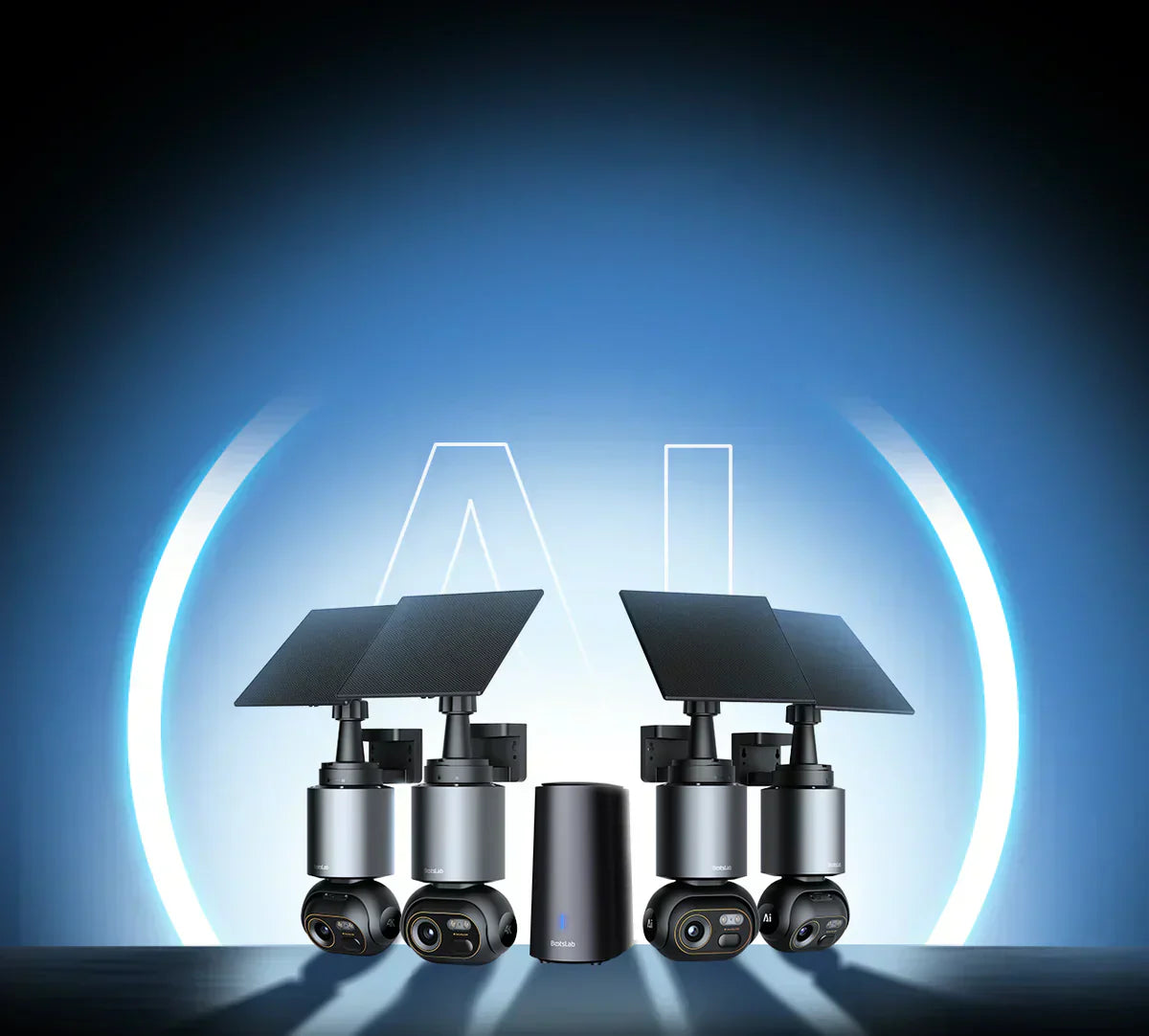
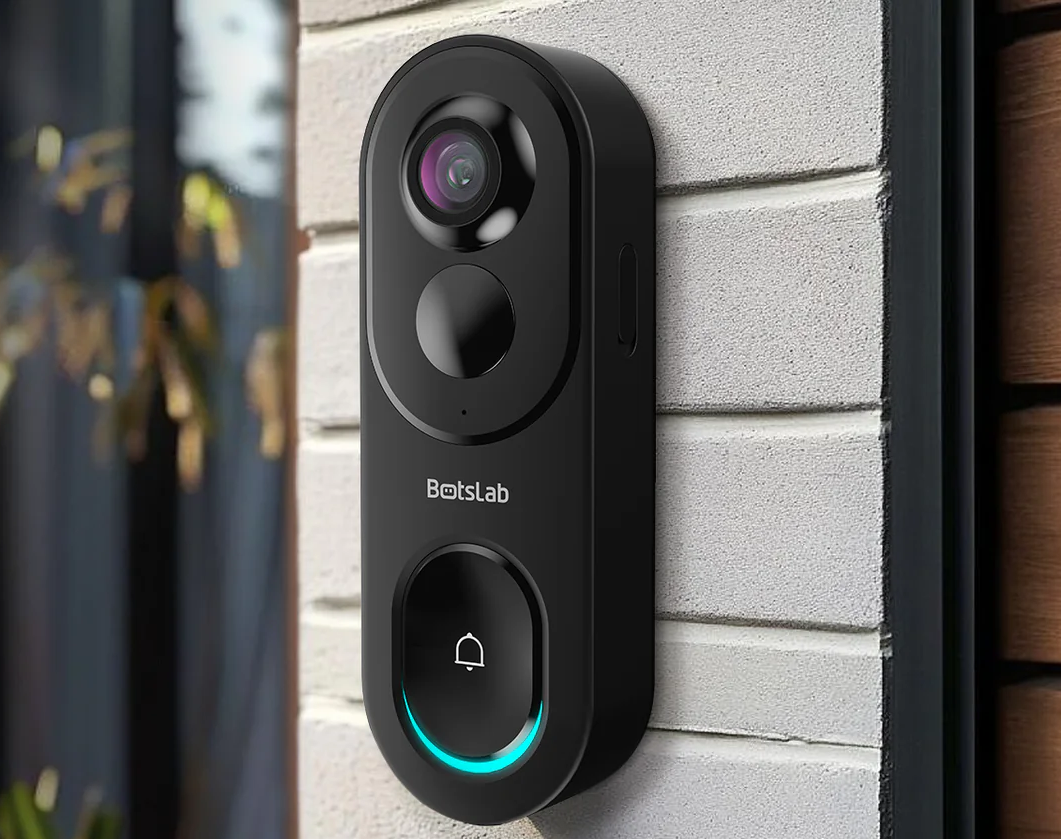



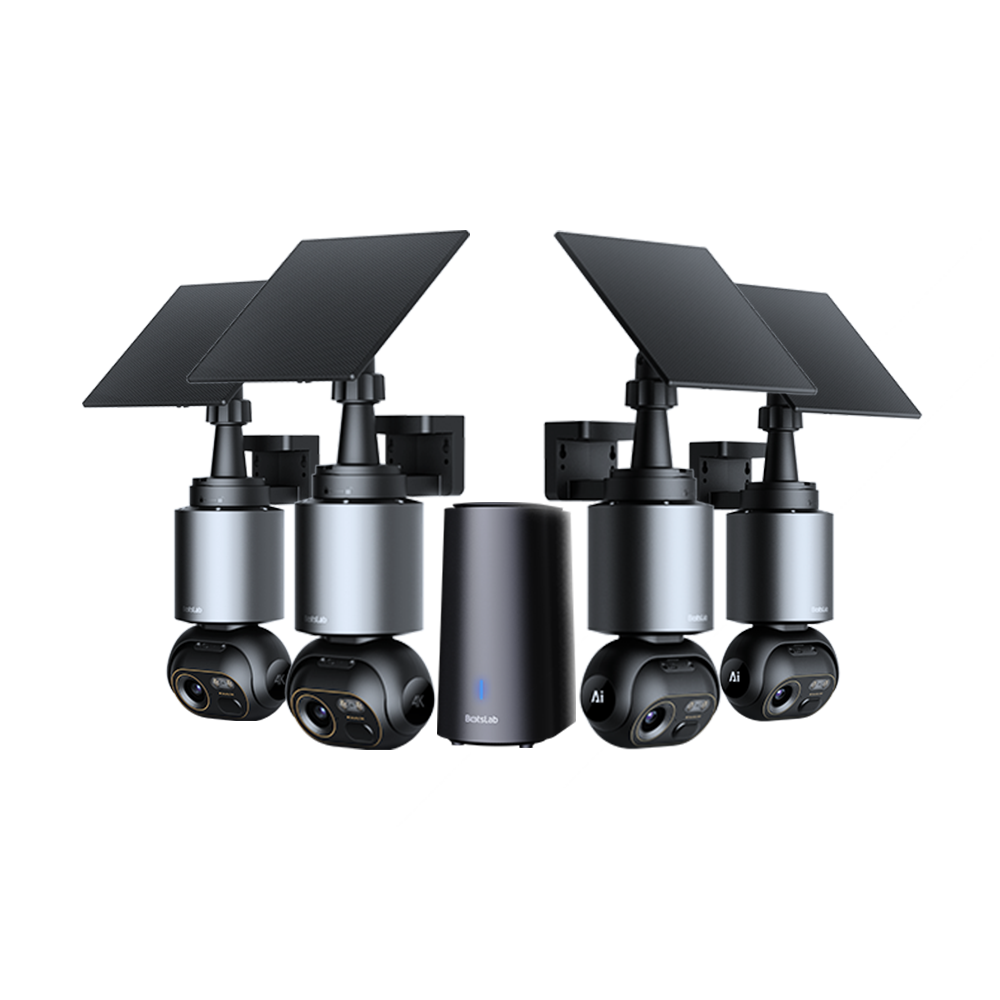




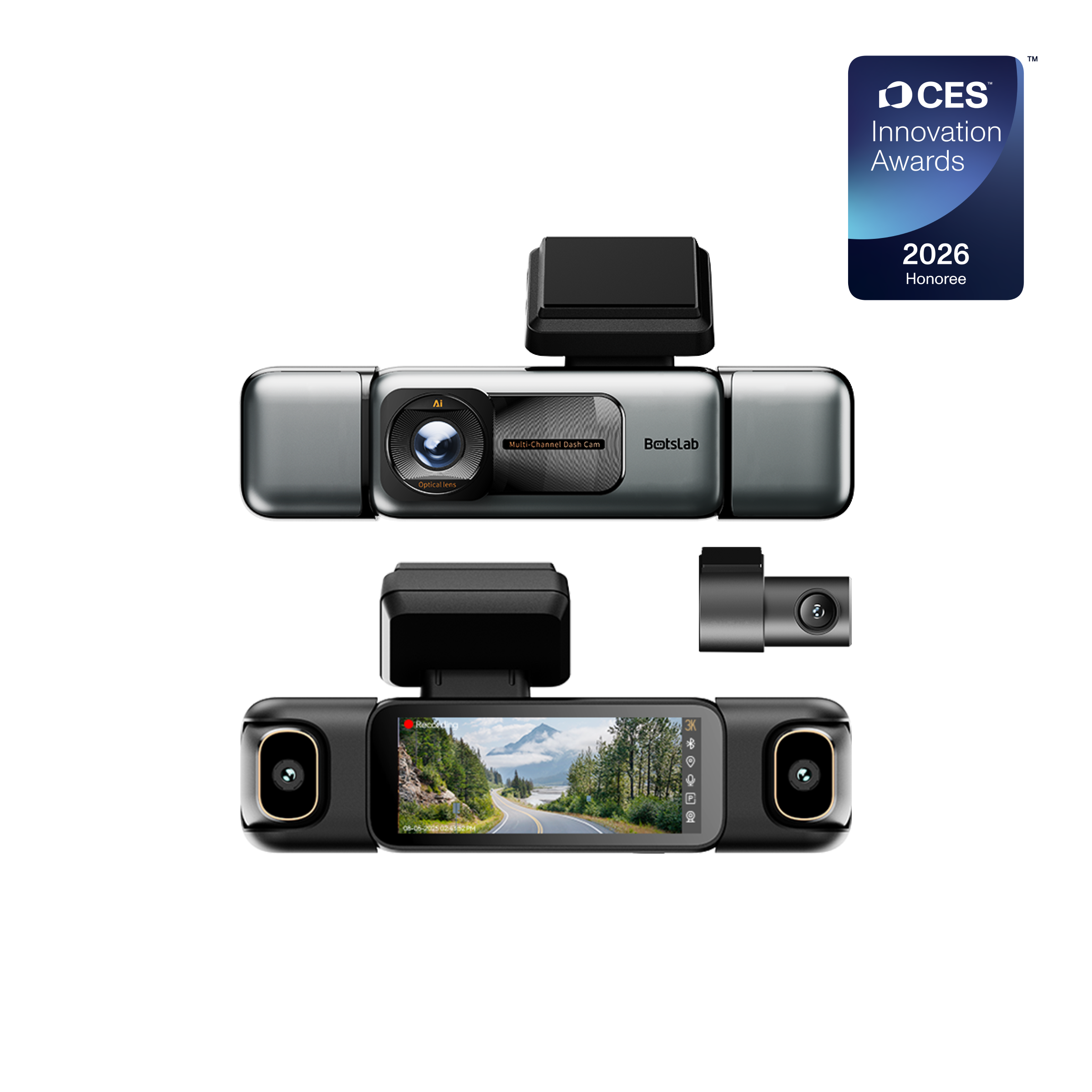
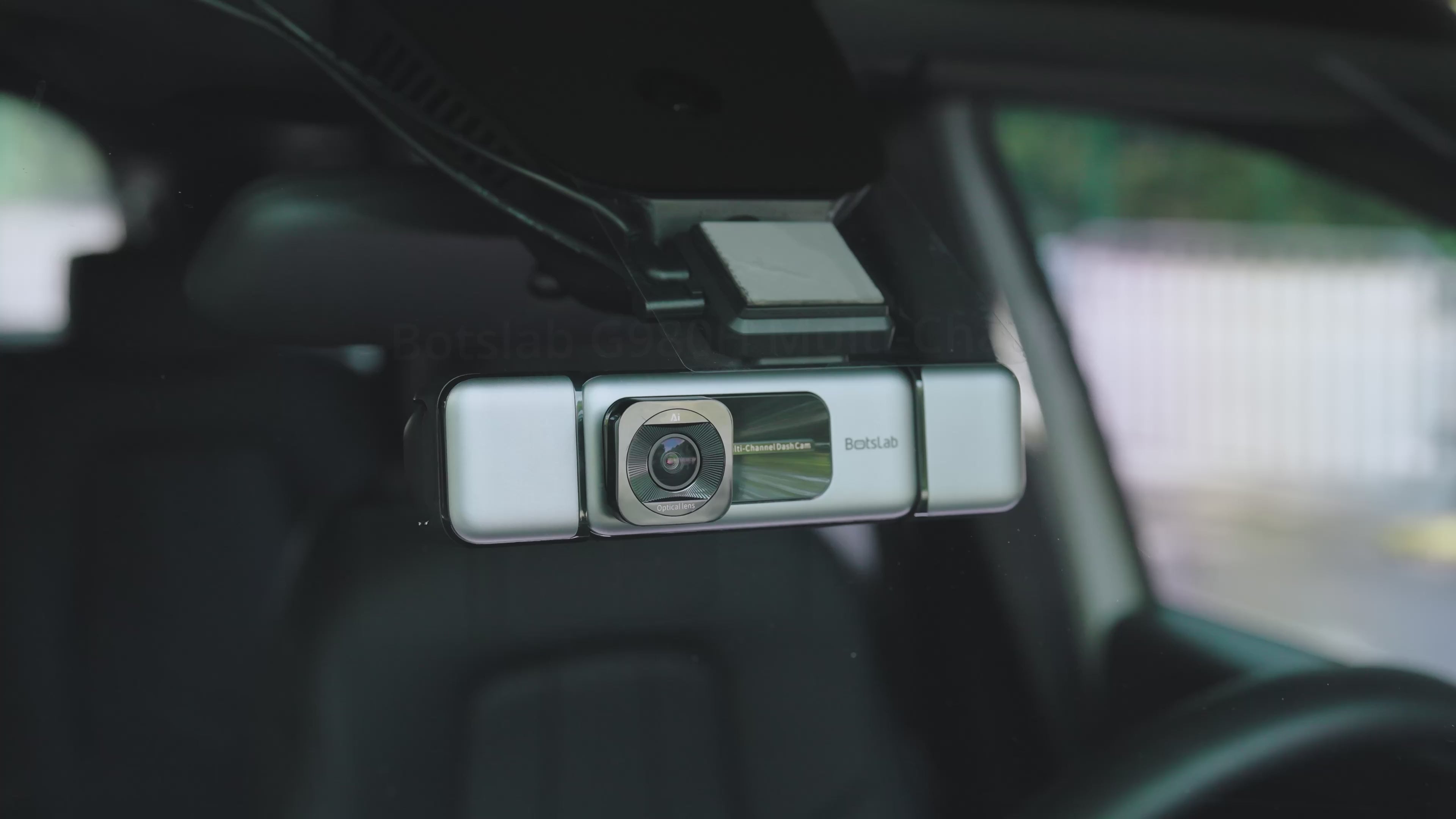
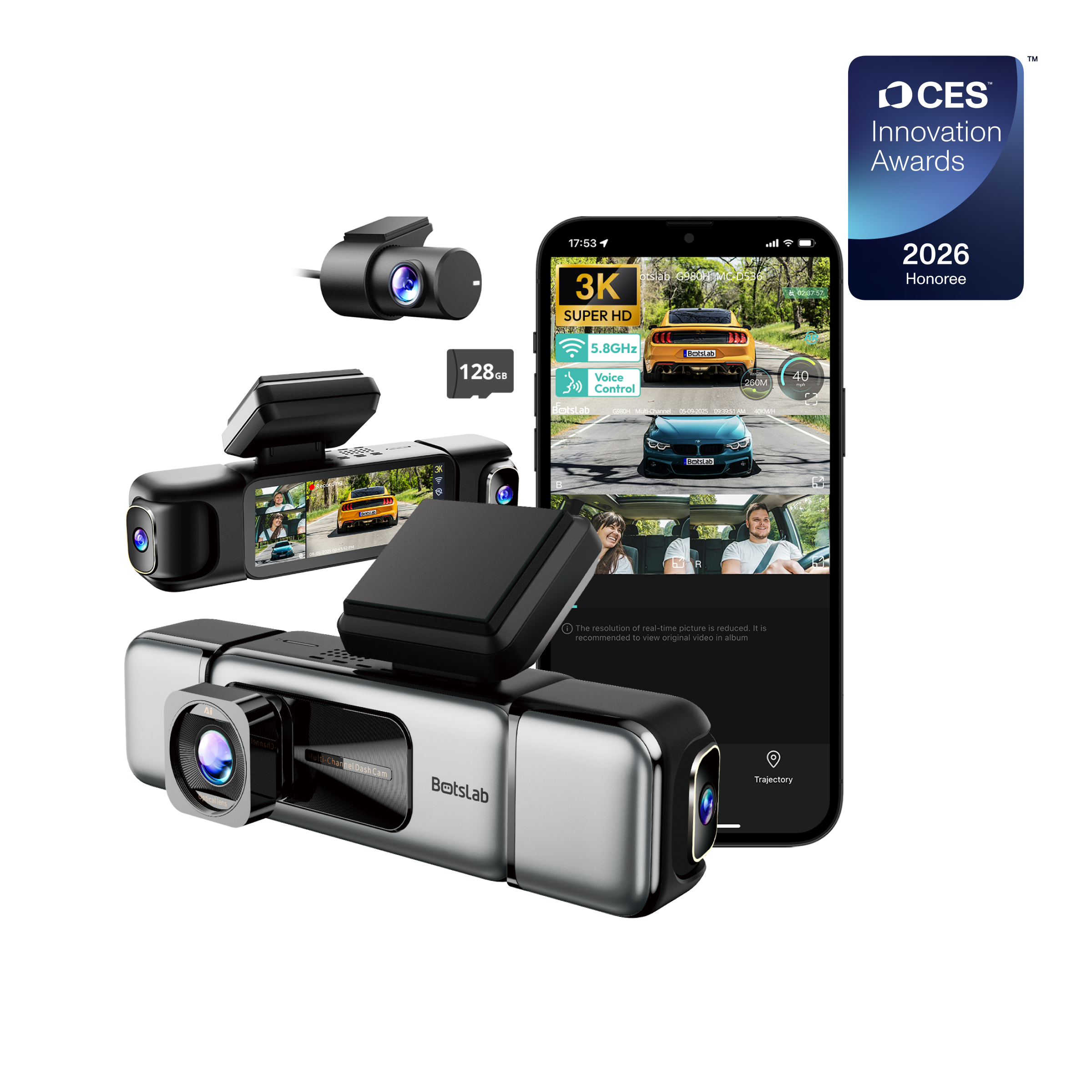







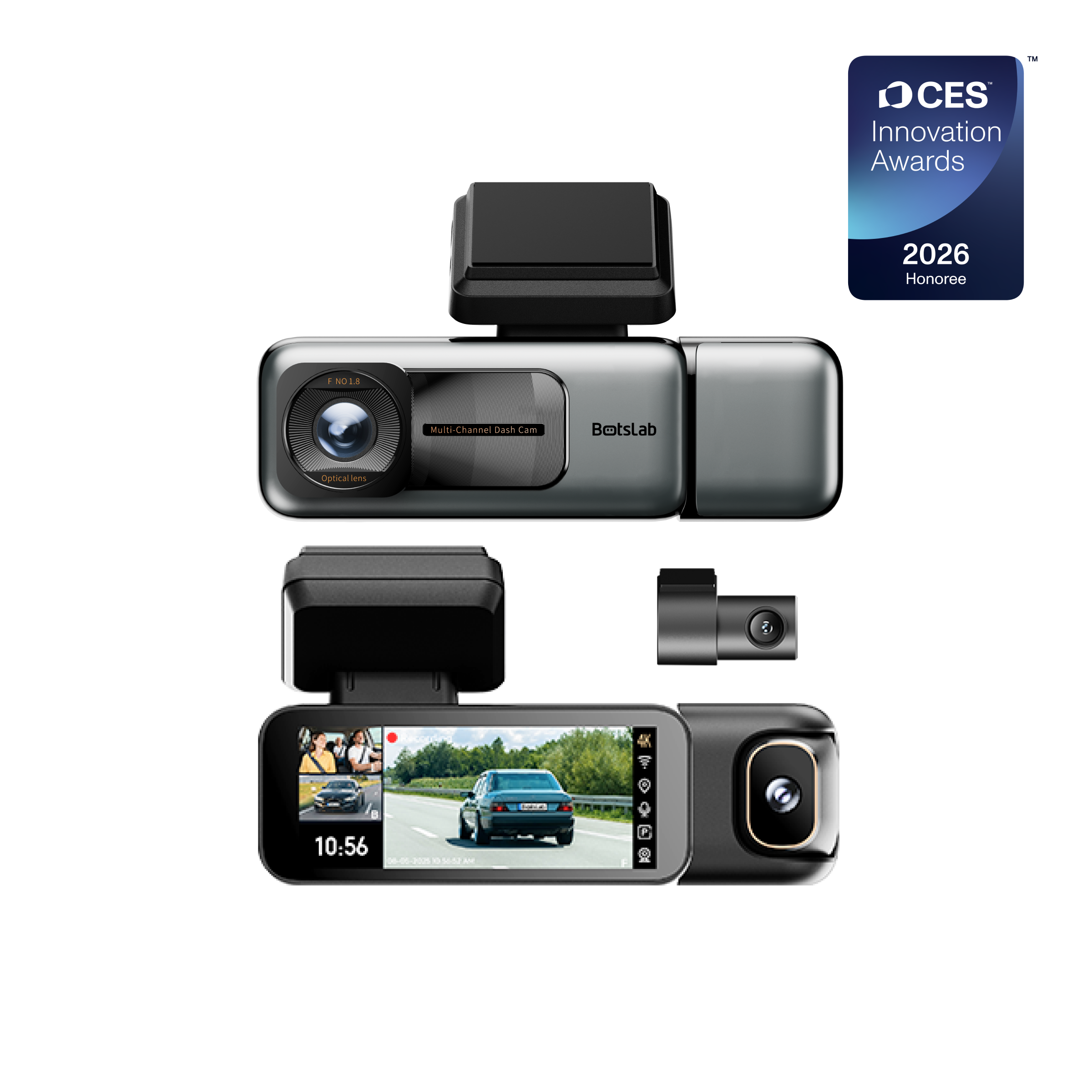
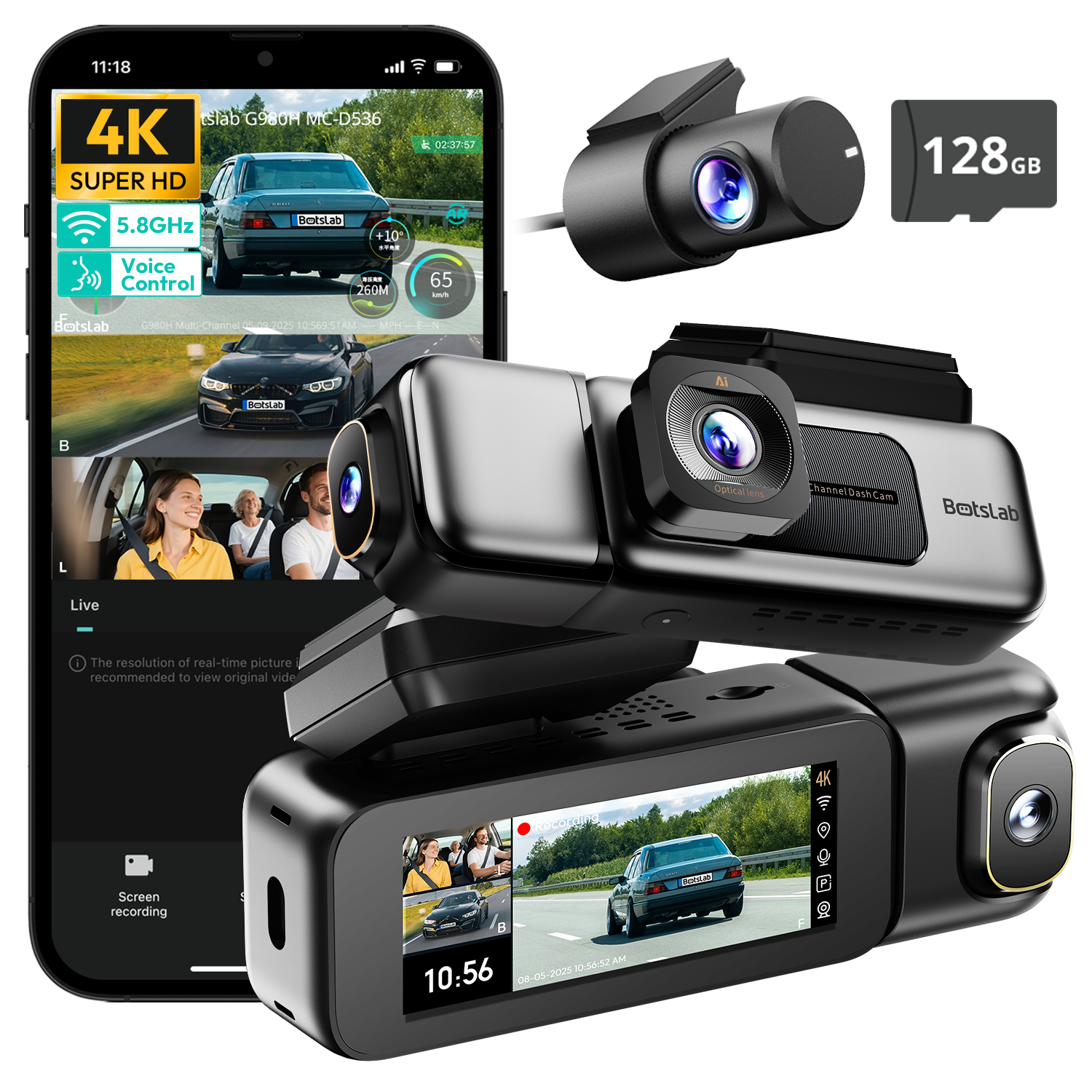




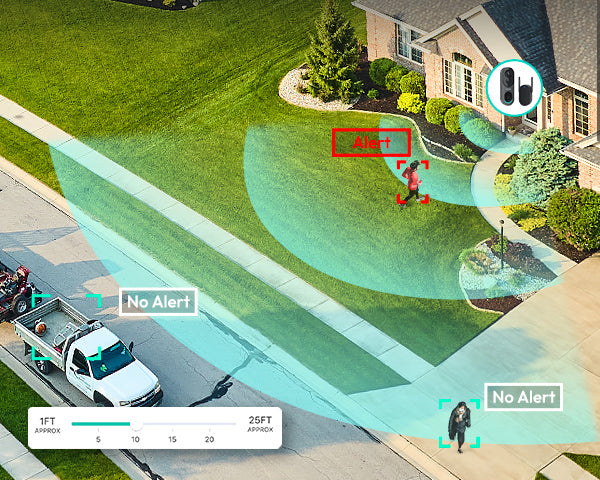




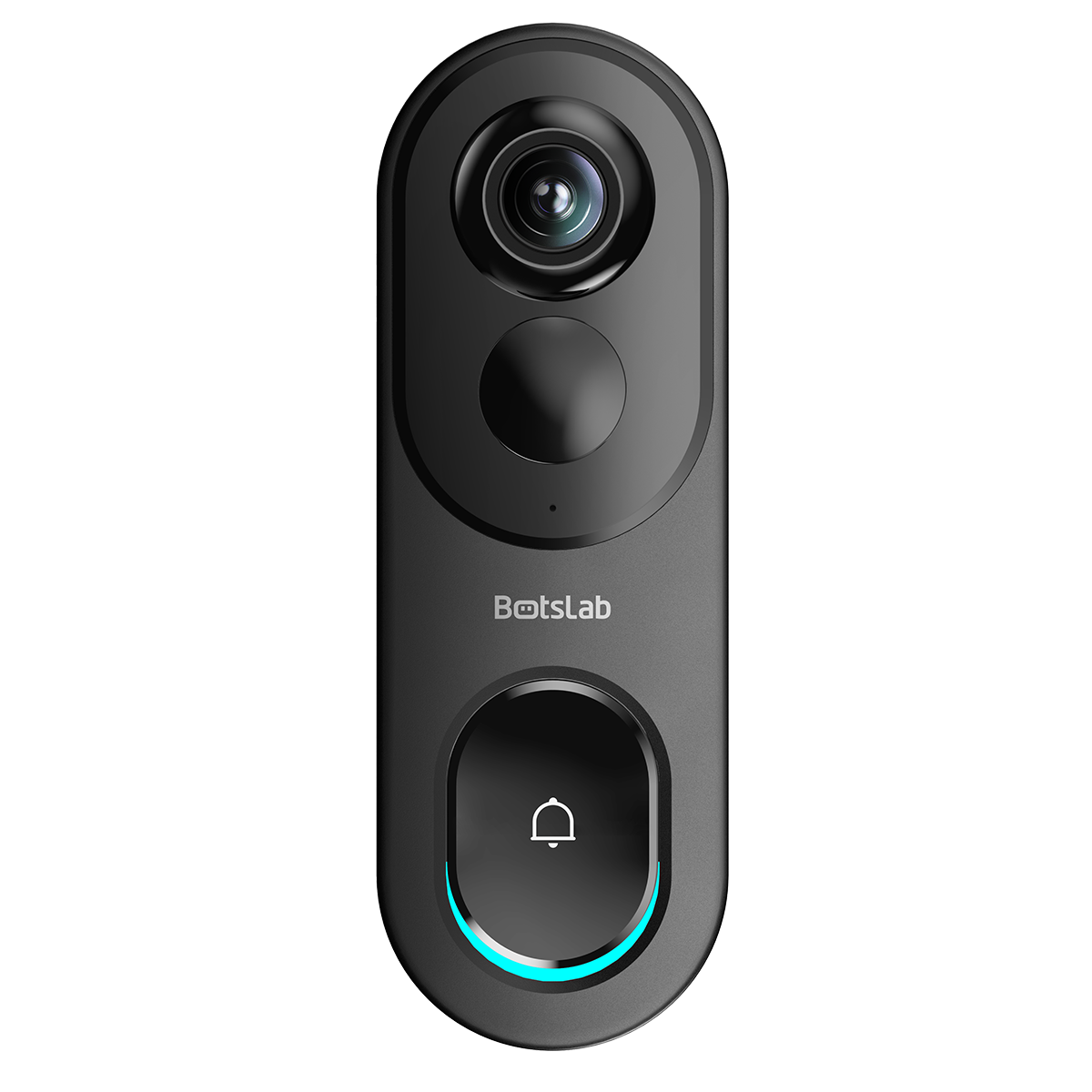

Share:
How to Address Bandwidth Issues with 4K Security Cameras?
What causes SD card failure in dashcams?